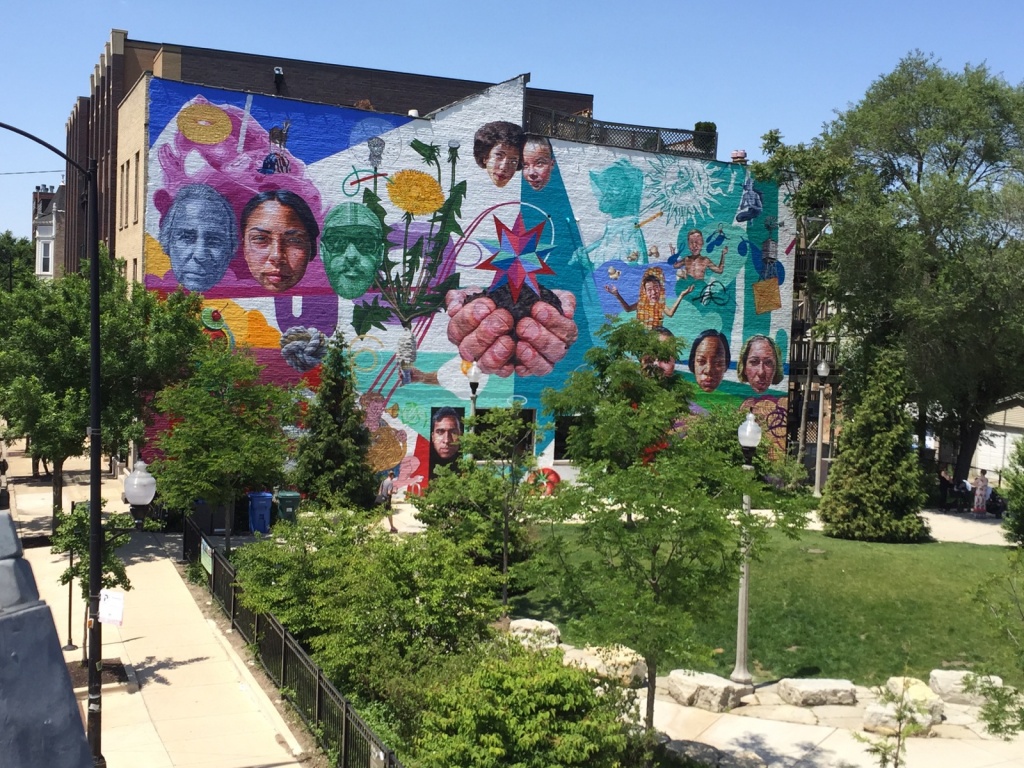A few weeks ago, I had the chance to visit The 606, Chicago’s newly created urban walk and bike path, and I think they did a great job in converting what was once the Bloomingdale Line (elevated railroad) into a green mecca for urbanites and others.
The developed was constructed with numerous paths that connect at the lower street level. Some of the paths break back and forth as switchbacks leading to and through a small urban park setting. The walk is perched one full floor above the city streets and features bridges to connect paths. There are walking and running paths as well as benches for relaxing and just enjoying the great views of the city. As a new development, The 606 won’t get much shade on sunny days until the trees become large enough to provide it (be careful when leaning on the guardrails—some of them have galvanized top rails that can get very hot!), but it still makes for a great escape for city residents. While there, I did not even notice the usual city noise.
The official website of The 606 (http://www.the606.org/about/history) describes the history behind the project: Official plans for converting the Bloomingdale Line into a public space date back to the late 1990s when was included in the City Bike Plan. In 2003, the Department of Planning and Development held a series of public meetings to determine how to bring new open space to the City’s underserved Northwest side, forming the basis of what would become The 606. The 2004 Logan Square Open Space Plan called for an ambitious reuse of the former industrial rail corridor. This spurred the formation of the Friends of the Bloomingdale Trail, a group of residents who would champion the project for the next decade, making the vision become a reality… From industrial beacon to impromptu nature trail to innovative public space and alternative transportation corridor for the next generation, the Bloomingdale Line has been the site of innovation since its inception.
The 606 brings together arts, history and design, providing trails for bikers, runners and walkers, event spaces, alternative transportation avenues, native plantings and fields, and green open space to Chicago, outlying neighborhoods and the world. The fact that a city is working on integrated design concepts as a public-private partnership is inspiring. I can’t wait to return!
